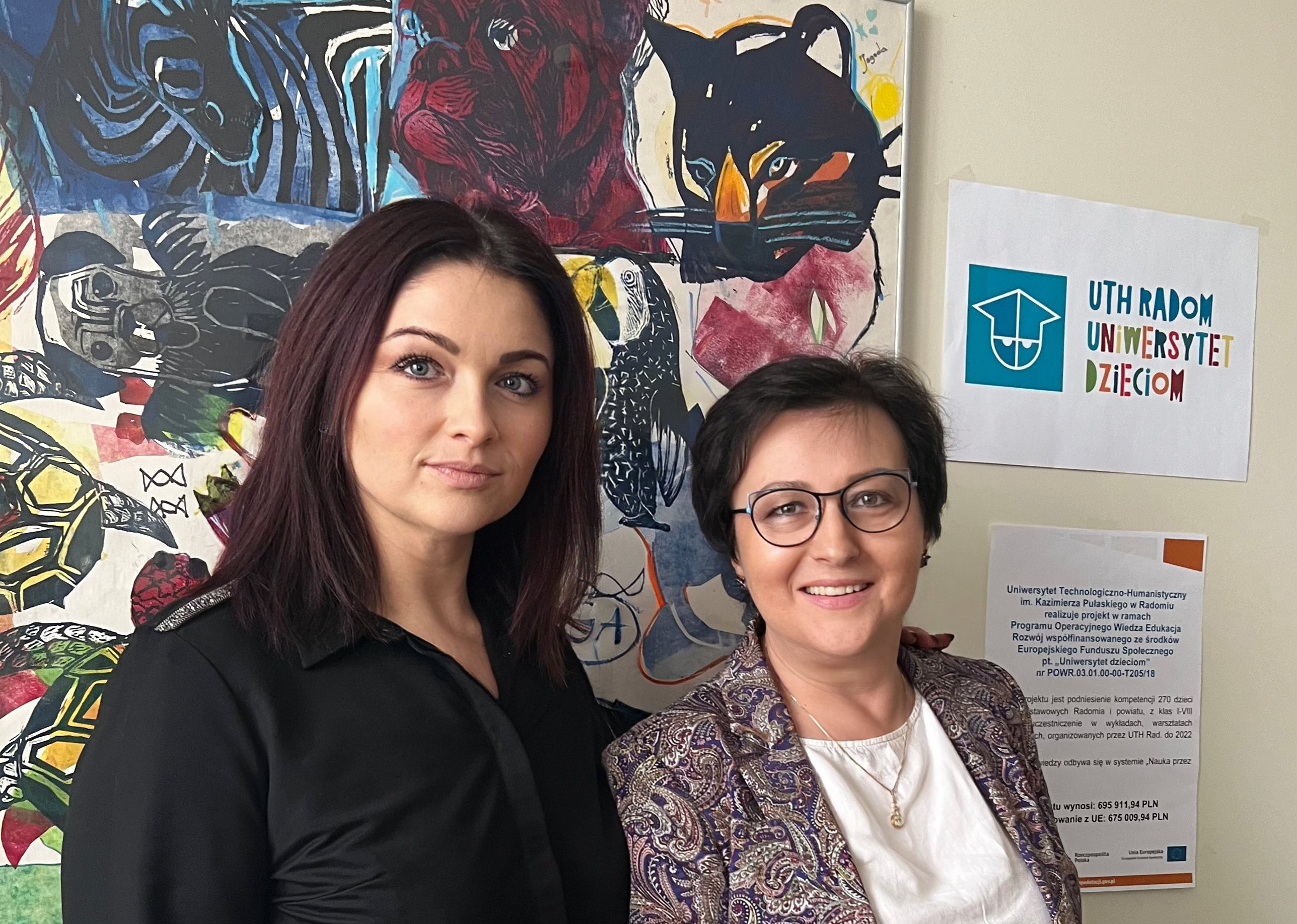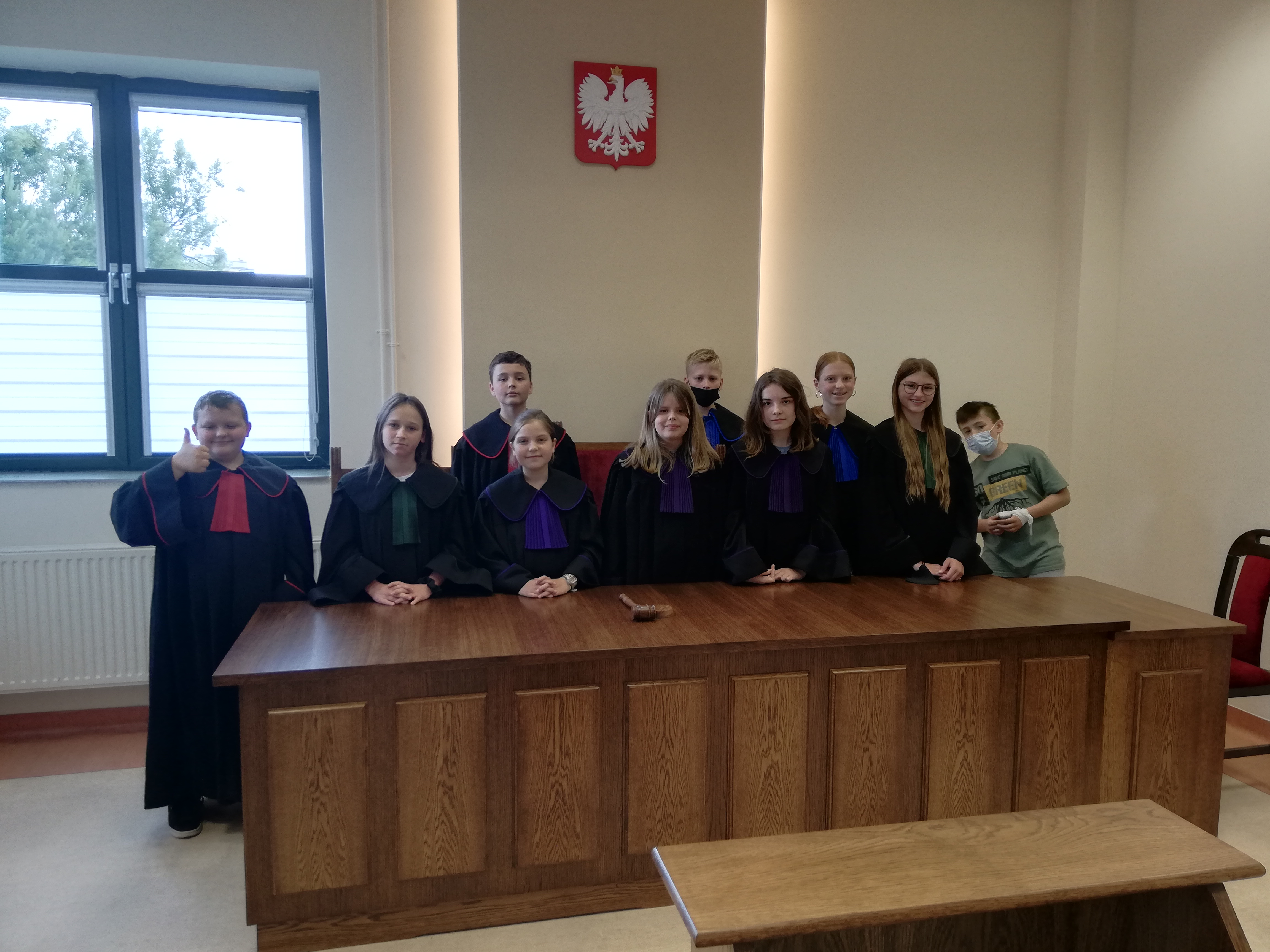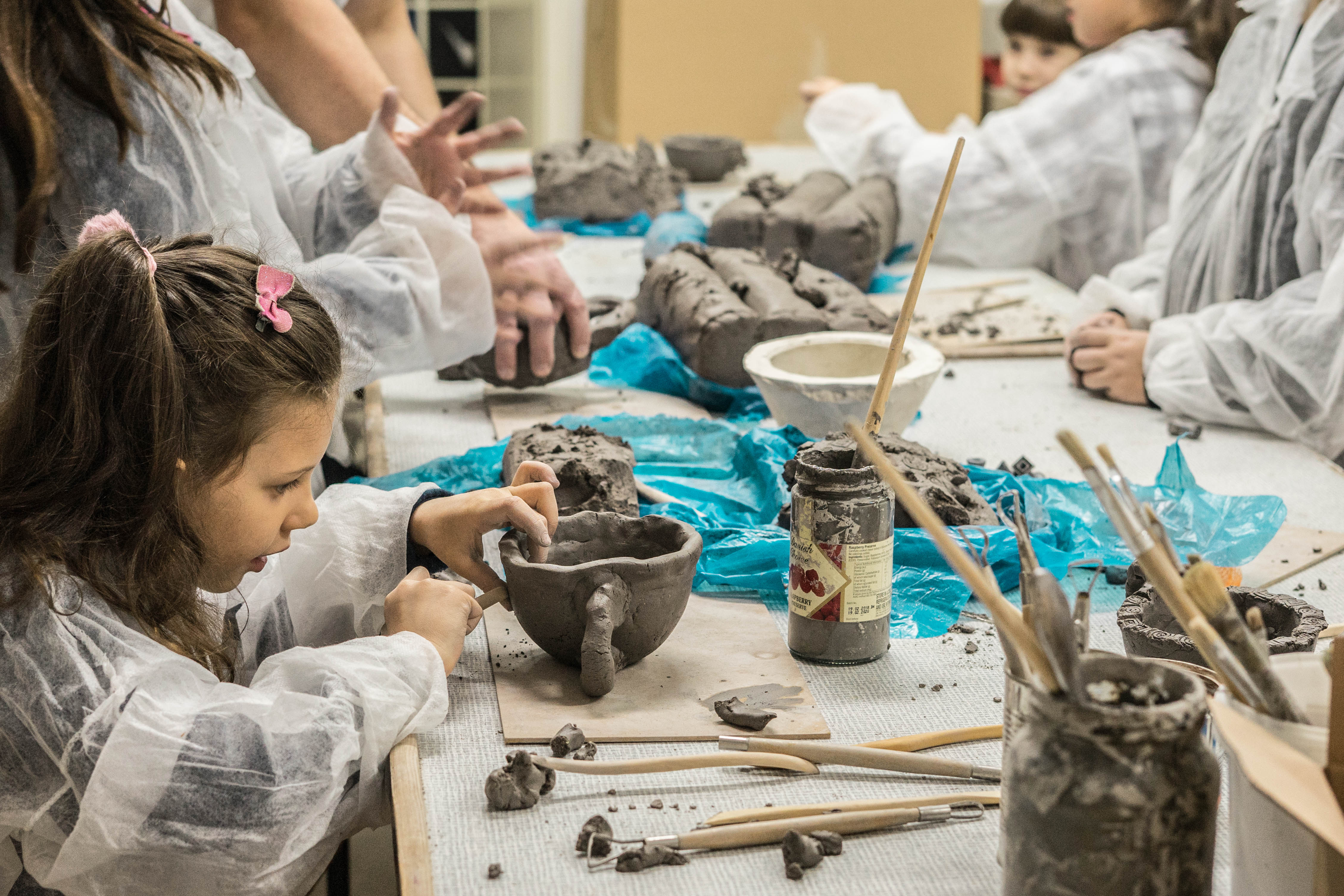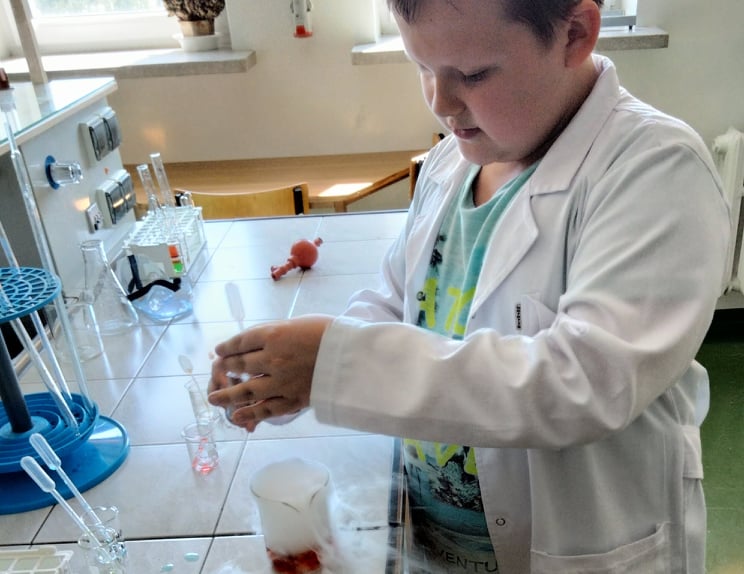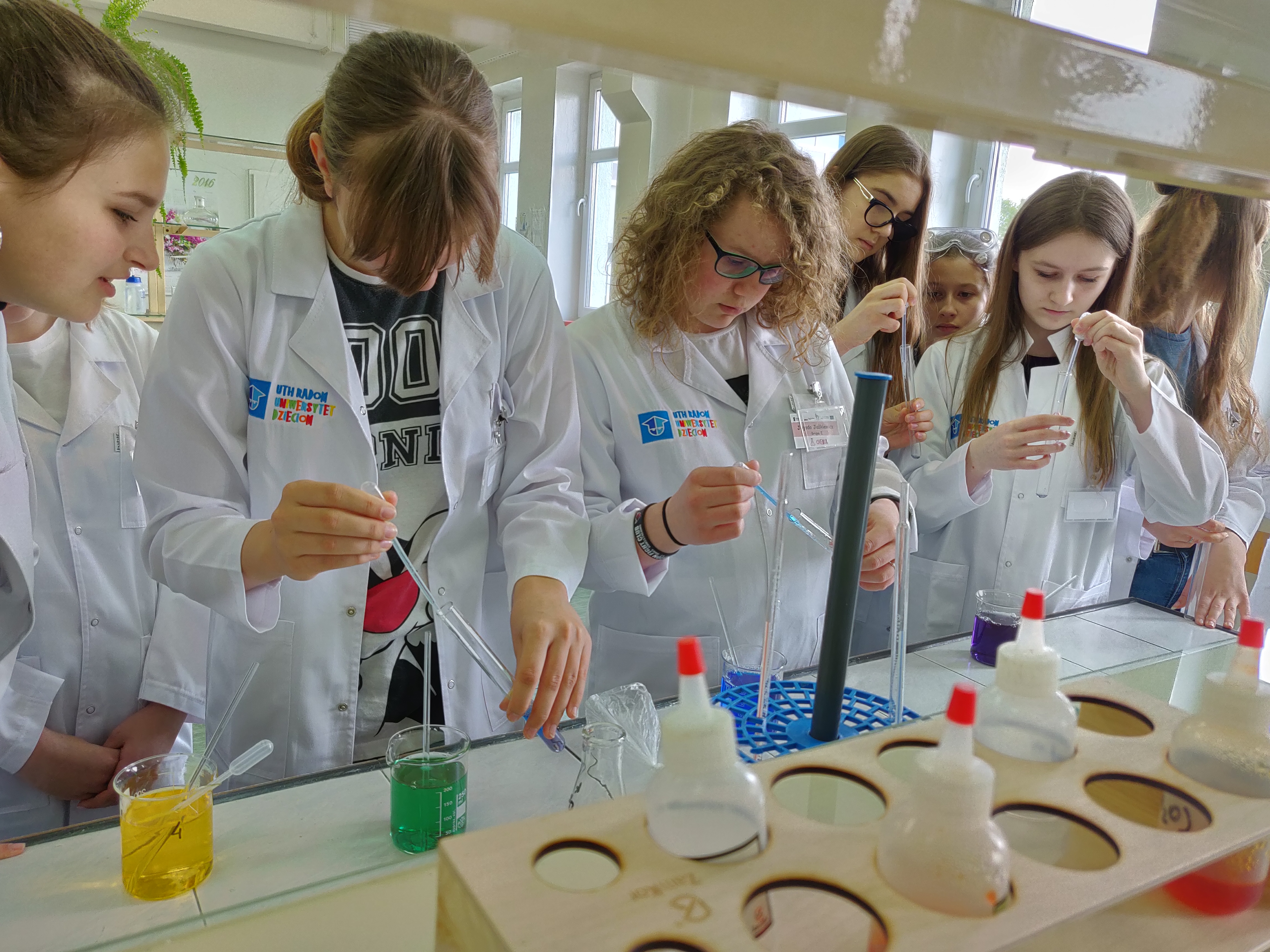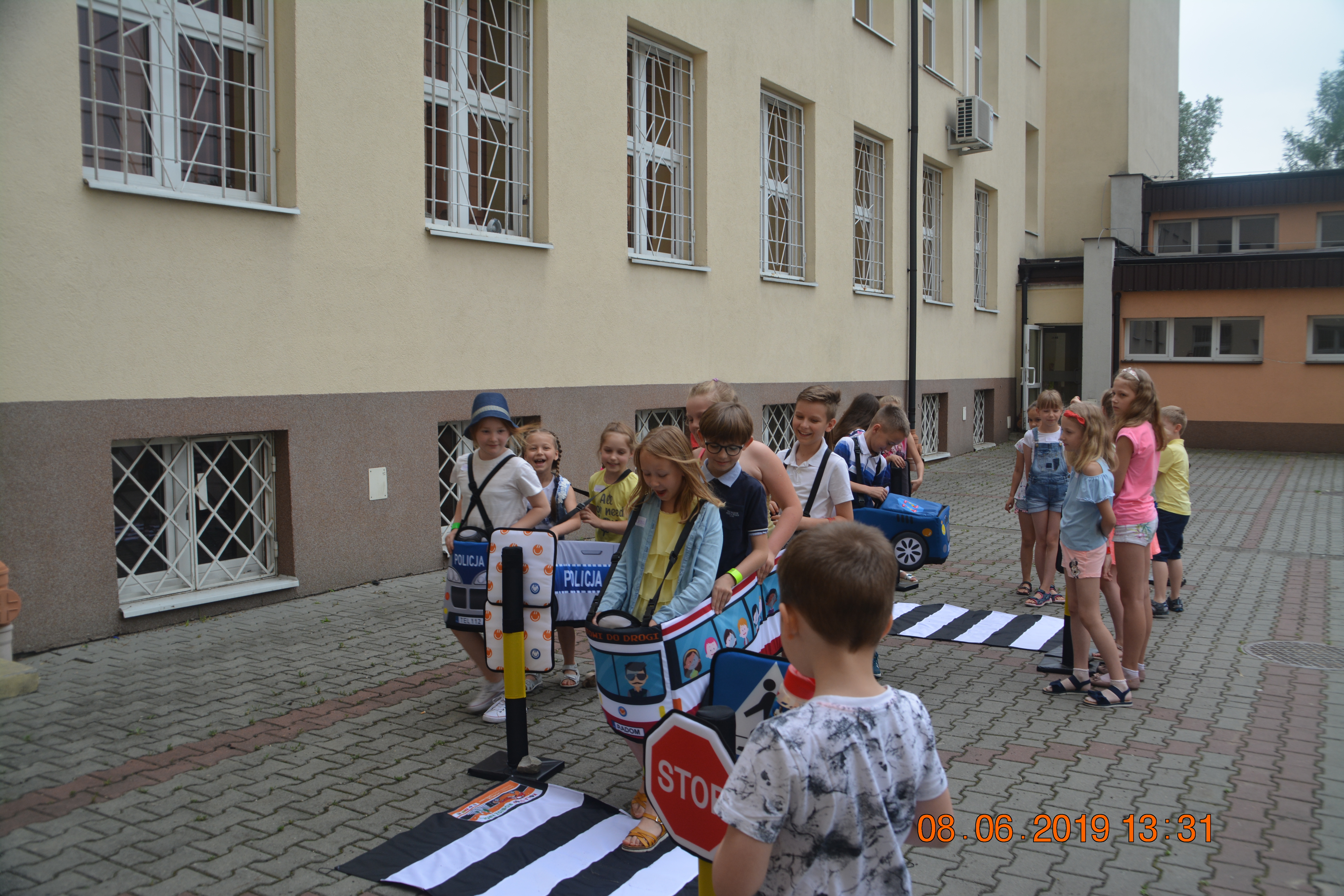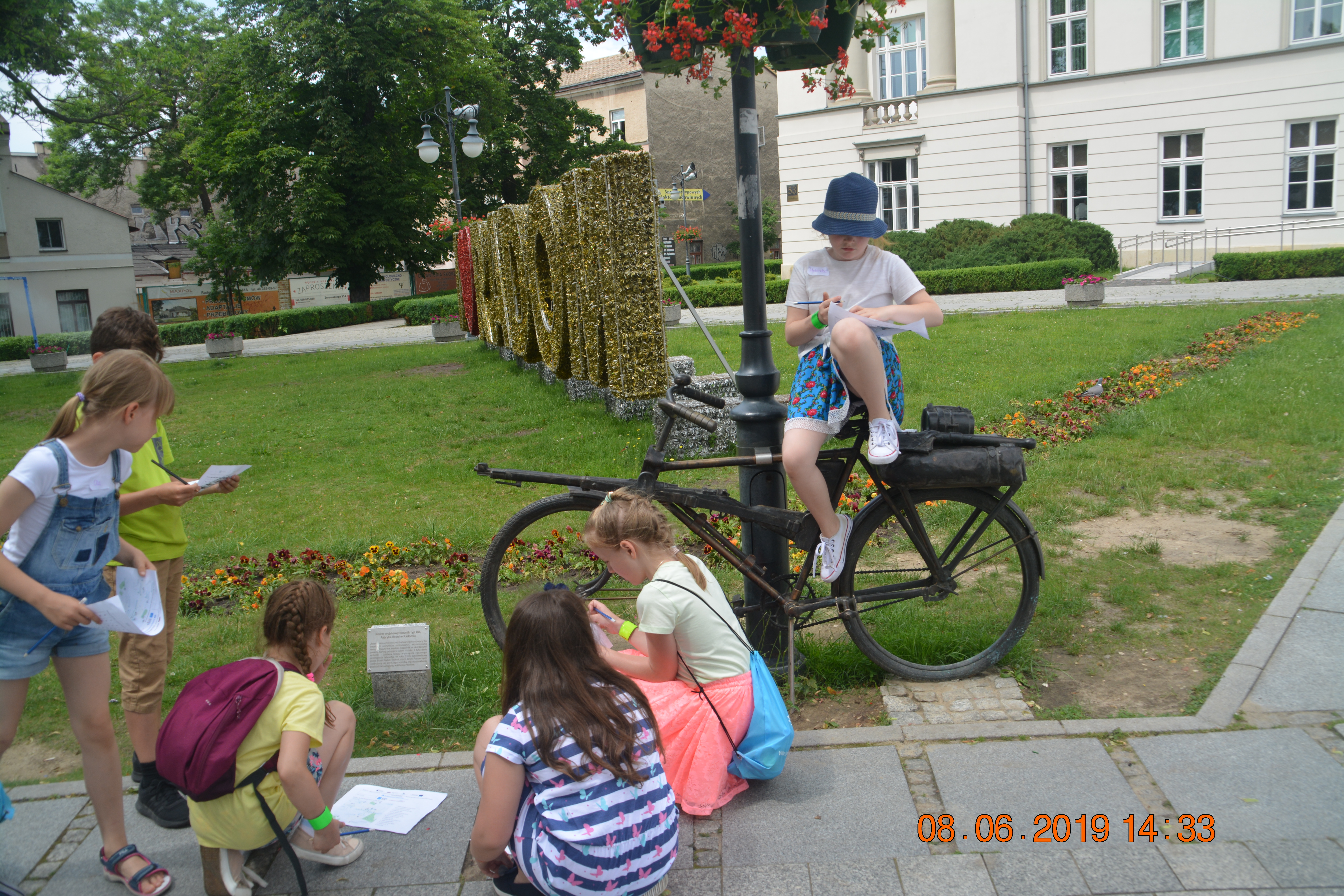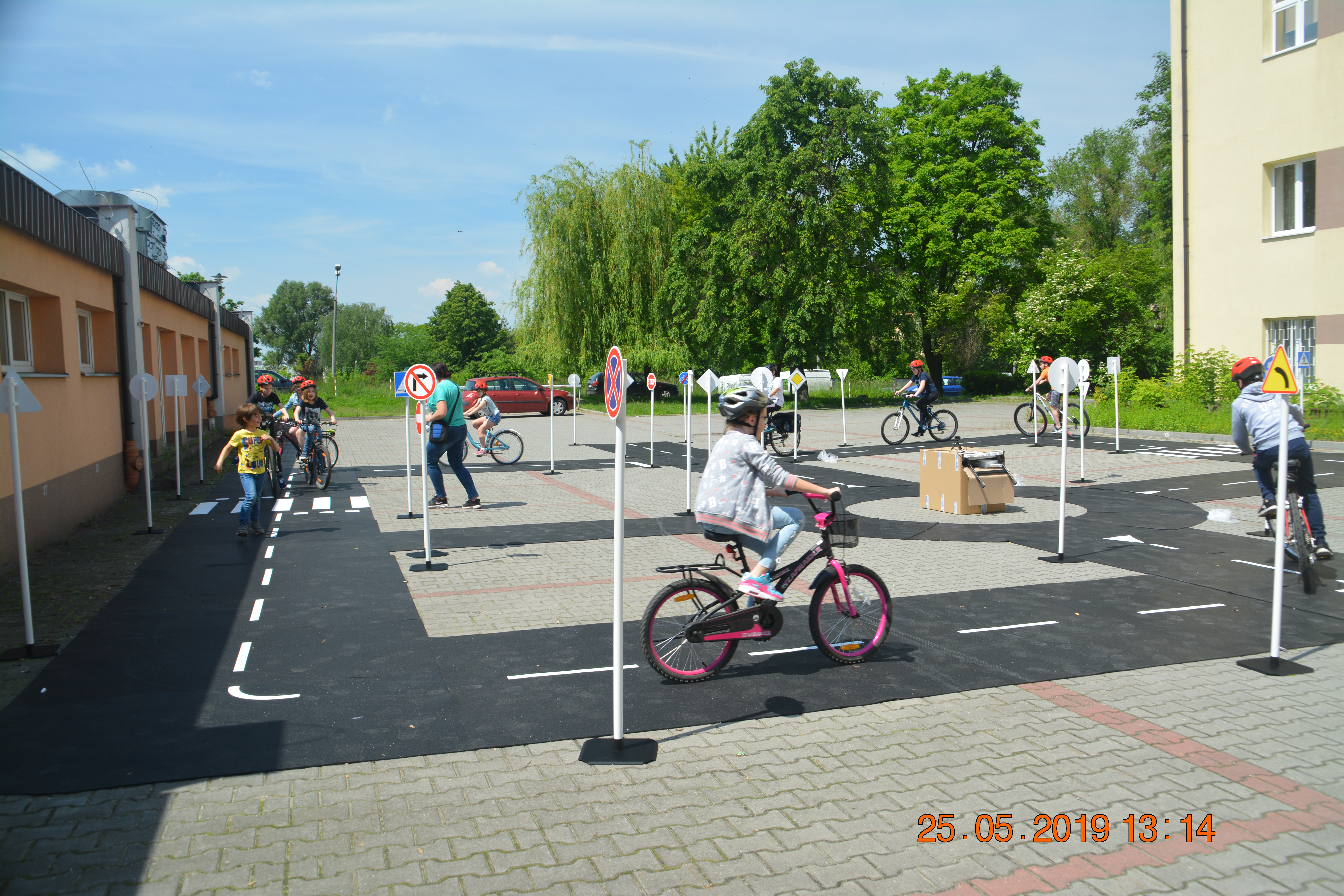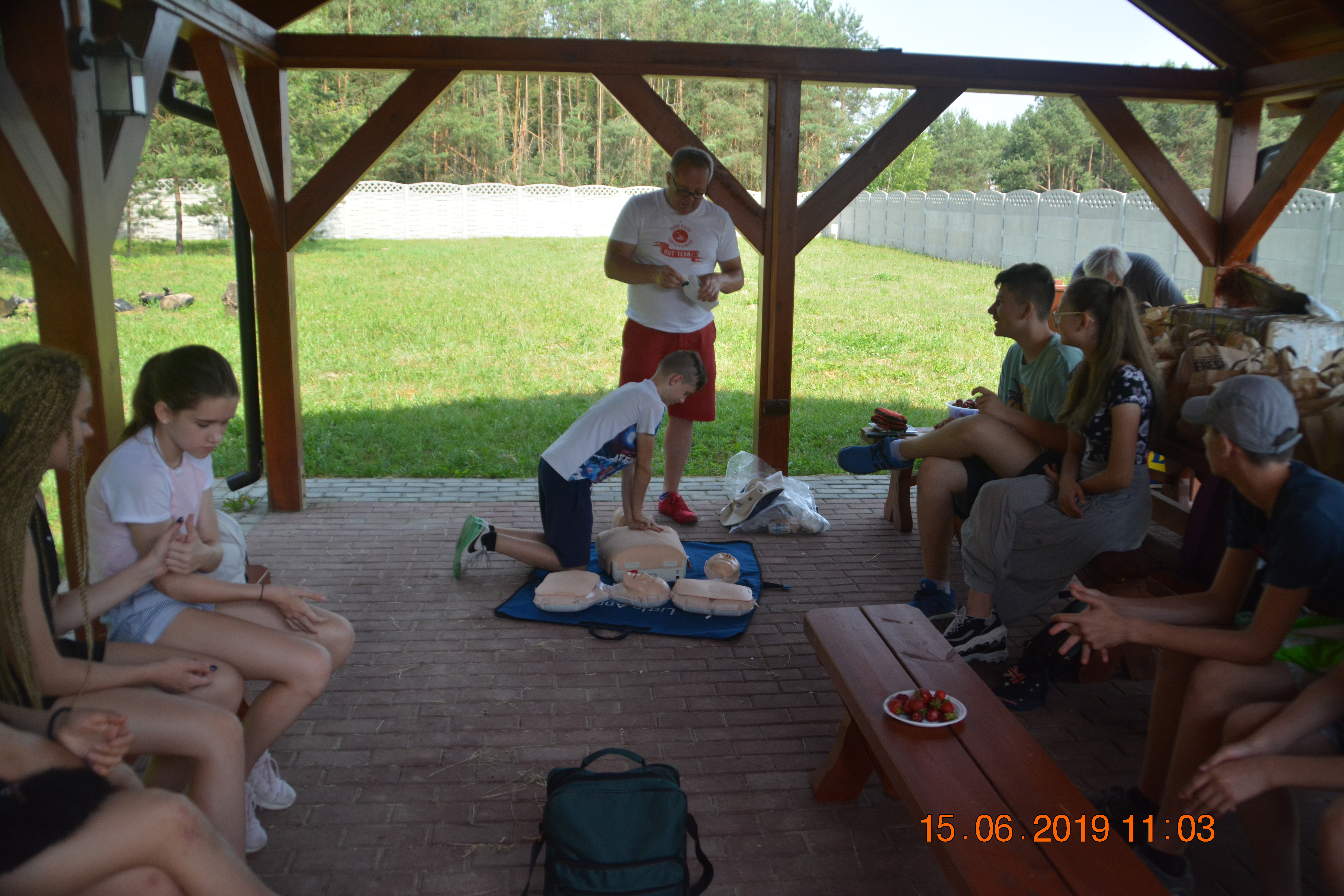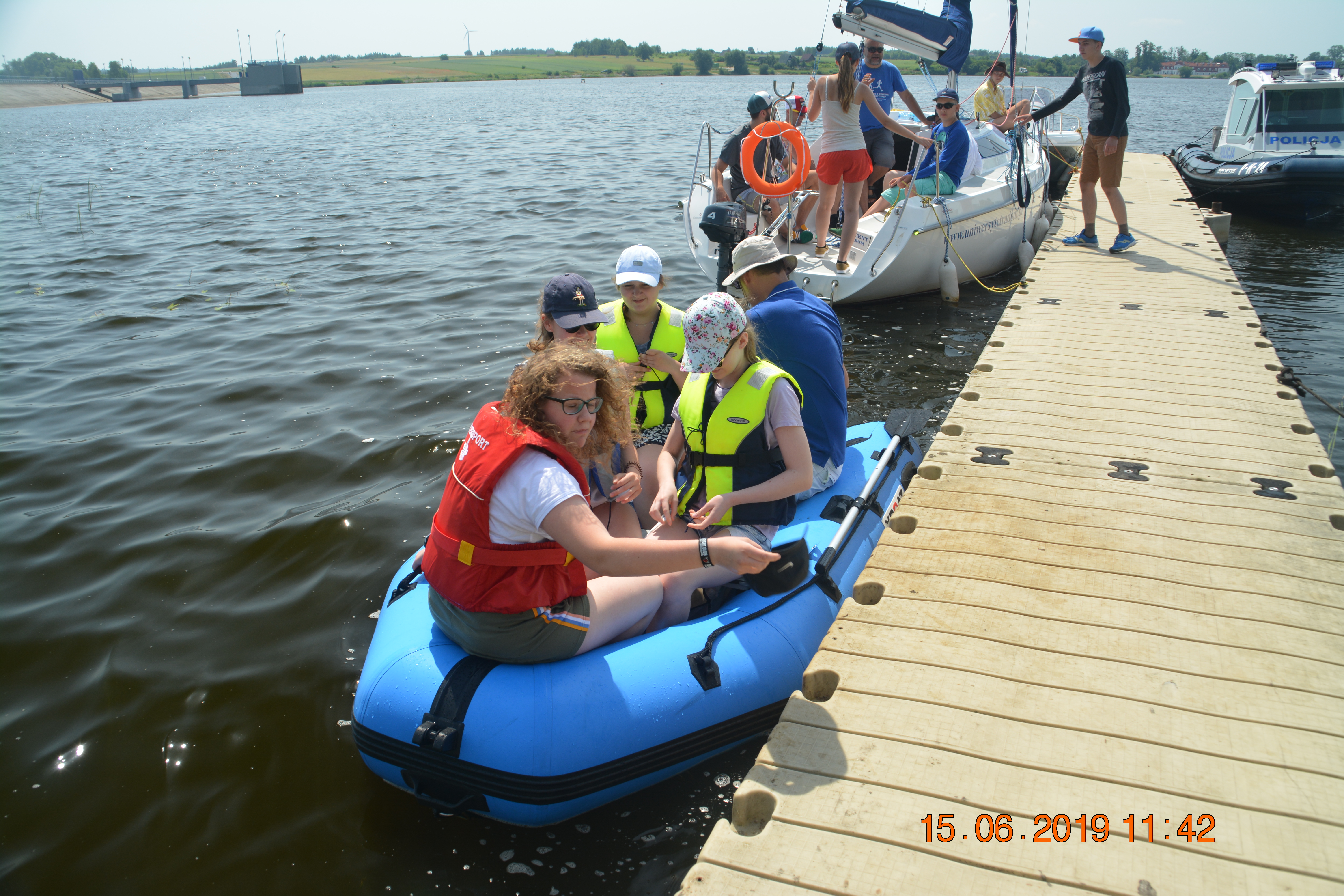‘University for Children’

 Project title
Project title
‘University for Children’
 Name of Beneficiary/Beneficiaries
Name of Beneficiary/Beneficiaries
Uniwersytet Technologiczno-Humanistyczny im. Kazimierza Pułaskiego w Radomiu (Kazimierz Pulaski University of Technology and Humanities in Radom)
 Name of programme
Name of programme
Operational Programme Knowledge Education Development
 Competition
Competition
Third Mission of the Higher Education Institution
 Project value
Project value
PLN 695 911.94
 Funding value
Funding value
PLN 675 009.94
 Project delivery period
Project delivery period
from 01/02/2019 until 31/01/2022
Get to know our team
Elżbieta Sałata, Ph.D., D.Sc., Eng., prof. UTH Radom (on the right in the photograph) holder of a doctoral and post-doctoral degree in social sciences in the field of pedagogy; Vice-Rector for Teaching and Student Affairs at the Kazimierz Pulaski University of Technology and Humanities in Radom.
She is the Coordinator of many projects funded by both the National Research and Development as well as from the Ministry of Education and Science.
Her academic achievement comprises more than 100 papers: monographs, scripts, scientific notebooks, studies in the Polish and foreign journals, conference materials. She is also the editor of a series of monographs on teacher education.
The research interests of Elżbieta Sałata, Ph.D., D.Sc., Eng., are related to teacher education and improvement of their competencies.
Katarzyna Kośmińska, M.Sc. (on the left in the photograph) Research and EU Projects Service Department at Kazimierz Pulaski University of Technology and Humanities in Radom.
Assistant Coordinator of projects funded by the National Centre for Research and Development, as well as an editor of projects funded by the Ministry of Education and Science.
Leads the administration of the Radom University for Children and Young People established at UTH Radom in 2021.
The unit was established on the basis of the 'University for Children' project No. POWR.03.01.00-00-T205/18 co-financed by the European Union under the European Social Fund.
Have a look at the outcome of our work
As a part of the 'University for Children' project, No. POWR.03.01.00-00-T205/18 co-financed by the European Union under the European Social Fund, 270 primary school students from Radom and the Radom sub-region participated in the classes conducted by academic teachers improving their competencies in: law, art, chemistry, tourism, mathematics, computer science and physics.
Classes were organised in the classrooms and laboratories at the Kazimierz Pulaski University of Technology and Humanities in Radom and at the centre in Domaniów. The necessary materials and teaching aids were purchased to carry out the classes. During the project, many interesting works were created by the participants of the classes.
As a part of the task: 'Developing legal awareness and knowledge', a courtroom was created and equipped with furniture and legal accessories. It was a great experience for the children to participate in a simulated court case. Classes were also held in the lecture rooms of the Higher Education Institution, and teachers introduced pupils to the world of law using a variety of teaching aids as well as previously prepared booklets.
Classes were also held in the ateliers of the Faculty of Art of the UTH Radom.
During the activities, participants learnt, inter alia, the basic techniques to produce art works. The children were introduced to materials such as sculpting clay, ceramic clay and pourable ceramic masses. Classes were held in the sculpture and ceramics ateliers. They resulted, among other things, in the presentation of a collection of vessels made from ceramic clay in the ateliers of the UTH Rad. The vessels were fixed in a ceramic furnace, at a temperature of approximately 1045°C. The children were proud of their works and took them home with them.
The next task was very popular with the participants in our project. It was implemented under the motto: 'Curiosities from the world of chemistry'. The children made, among other things, a rainbow in a test tube, a chemical garden, a super-viscous liquid, a cold fog, a chemical snail. There was a lot of excitement and so was the children's involvement while performing the chemical experiments. The children had the opportunity to find out the effect of phenolphthalein in an environment of different pH. A big challenge for them was to look for dyes in vegetables as well as to perform, individually or divided into teams, to conduct experiments (including alkalimetric titration, synthesis of a hydrogel biomaterial, formation of capillaries through the reaction of inorganic salts and observation of the phenomenon of osmosis, determination of boundaries between liquid substances, use of the sublimation process of solid carbon dioxide). An additional attraction were aprons, specially made for the children, in which they conducted chemical experiments.
'Child and Tourist Friendly Transport' is another thematic block within the project. The topic of activities for the youngest age group was ‘Interestingly and safely’ - activities concerned safe movement on the road with the use of a purchased ‘Push - walker car’ and tourist attractions in the neighbourhood.
For the 4-6 grades, the topic of the classes was 'Child and Tourist Friendly Transport'- the classes were about safe cycling on the city roads. During the class, the children were made aware of the importance of good visibility on the road through the use of appropriate clothing, as well as the need to wear a protective helmet when moving on the road.
Young people from the 7 - 8 grades held classes at the centre in Domaniów. The topic of the classes was 'Safely on the Water and the ABCs of First Aid"-the classes were focused on two topics: water as a form of recreation, how we behave on and near water, and the principles of first aid, taking into account how to help injured people.
What problem does our project solve?
From an early age, at every stage of development, children need to be made aware of the need for lifelong learning, acquiring knowledge, improving their competencies and enhancing their skills. In life, children are confronted with questions they do not know the answers to and problems they cannot solve themselves. Legal issues, chemistry, mathematics and information technology, knowledge of the arts or transport and tourism are crucial at every stage of development. Adults should inspire children by raising their awareness of these areas that have a significant impact on human life. Therefore, the project presented here fits perfectly with the need for lifelong learning. We hope that the competences acquired have broadened the children's specialist knowledge, developed their interests and stimulated their educational and cultural activity. In the future, this will perhaps influence their choice of profession, in line with their identified abilities and skills. The doors of the University are open to all children who are curious about the world, ask questions and seek solutions to problems that are important to them.
Who will benefit from the outcomes of the project?
As a result of the 'University for Children' project No. POWR.03.01.00-00-T205/18, co-financed by the European Union under the European Social Fund, the Radom University for Children and Young People (RUDiM) was established at UTH Radom under the R-49/2021 ORDER of the Rector of 24 August 2021,
Having noticed the great interest in the ongoing project, the aforementioned Unit was established even during its duration. The aim of RUDIM, just like the 'University for Children' project, is to create an opportunity to supplement school education with practical knowledge acquired in the laboratories of the UTH Radom, to interest children and young people in the various fields of science, to arouse their intellect, aspirations, creative potential and curiosity about the world
What was the most challenging aspect of the implementation of the project for us?
The most challenging aspect of the project was to conduct the activities during the COVID-19 pandemic. The implementation of the activities was only possible with the permission of the supervisors while respecting the sanitary rules set by the Chief Sanitary Inspector. The number of participants had to be in the classroom had to be as limited as possible to ensure the distance of the occupants in a given room. Extended breaks between classes to allow for the safe exchange of people and to prepare the rooms for the next class resulted in longer working hours. Purchases in the project had to be modified so that participants used their own tools rather than sharing them. Also, the obligation to cover the mouth and nose in the premises of the Higher Education Institution was uncomfortable for the project participants.
Our advice to other Applicants
Every project should be attractive to its participants. In case of a project aimed at children, it is vital to keep them active during the meetings. Lectures can be planned for them, but they must be short. This should be followed by experiments, physical activities, quizzes, games, various types of simulations starring the project participants. In the case of the project described here, we proposed a variety of activities for the children, which was possible because of the great variety of fields of study at our Alma Mater. So first of all, it is important to look around to see what opportunities we have to use our teaching facilities, and then to use the potential of our employees, their skills and passions.
The interest of children from the Radom sub-region in taking part in these activities exceeded our wildest expectations and proved that our involvement in the project made a lot of sense.
